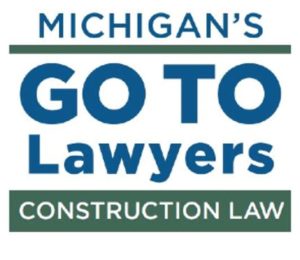On March 14, 2022, EPA adopted the new ASTM Standard Practice E1527-21 for conducting Phase I Environmental Site Assessments (ESAs), allowing for its use to satisfy “all appropriate inquiries” (AAI) for landowner liability protections under the Comprehensive Environmental Response, Compensation and Liability Act (CERCLA). This revision will take effect on May 13, 2022, unless EPA receives adverse comment.
While the prior version of the standard (E1527-13) may still be used to satisfy AAI at this time, it is expected that EPA will ultimately phase out E1527-13 altogether. Parties seeking liability protection should plan to transition to the new standard. Some of the key changes and their implications are highlighted below.
- Emerging contaminants, including PFAS: The approach to emerging contaminants (contaminants which have been identified, but are not formally regulated) has been a source of confusion under E1527-13. Standard Practice E1527-21 addresses that confusion by clarifying that environmental professionals are not required to consider emerging contaminants, such as per- and polyfluoroalkyl substances (PFAS), when conducting a Phase I ESA unless or until the emerging contaminant is regulated as a hazardous substance under CERCLA. Although inclusion prior to regulation is not mandatory, the new standard also provides that emerging contaminants may be included in the assessment as a “Non-Scope Consideration” at the request of the party seeking liability protection under the Phase I ESA. EPA is currently developing a proposed rule that would designate certain PFAS chemicals – specifically PFOA and PFOS – as hazardous substances under CERCLA. Therefore, a party seeking liability protection should specifically request inclusion of these emerging contaminants as a non-scope item within the Phase I ESA at this time.
- Shelf life of Phase I ESA components: Standard Practice E1527-13 requires that certain components of a Phase I ESA be completed within 180 days prior to acquiring an interest in the subject property. A common misperception has been that this 180-day period commences as of the date of the Phase I ESA report. The correct interpretation under E1527-13 is that the 180-day period runs from the date of completing each of these individual components. Although the 180-day period has not changed, the new standard requires the identification of the completion dates for each of these individual components.
- Historical research requirements: The new standard expands the historical records review requirements beyond those in E1527-13. Under E1527-13, the environmental professional is only required to review as many historical sources as needed to determine whether past uses could have led to a Recognized Environmental Condition (REC) in connection with the subject property. E1527-21 mandates evaluation of specific sources unless an exception applies and the environmental professional explains the omission. Further, if these specific sources are reviewed for the subject property, the new standard requires their review for adjoining properties.
These expanded historical research requirements are expected to improve consistency in Phase I ESA reports among consultants and may cause increases in costs and completion times for Phase I ESAs, especially for properties with a significant number of adjoining properties.
- Revised definitions: The new standard includes revised definitions of Recognized Environmental Condition (REC), Historical Recognized Environmental Condition (HREC), and Controlled Recognized Environmental Condition (CREC) to promote greater consistency and clarity among Phase I ESAs, although the revisions do not substantively change the meanings of these key terms. The standard also includes an appendix which contains further guidance to help environmental professionals accurately classify property conditions as a REC, HREC, or CREC.
To qualify for liability protection, a prospective owner or operator of property must minimally satisfy AAI, commonly pursued by the performance of a Phase I ESA. Based on EPA’s adoption of Standard Practice E1527-21, a Phase I ESA that complies with this new standard will satisfy AAI. As is the case currently, compliance with the applicable ASTM Standard Practice is critical for avoiding cleanup liability for the prospective owner or operator.
At Rhoades McKee, we routinely assist our clients in navigating the environmental due diligence process for transactions, including the evaluation of Phase I ESAs for satisfaction of AAI to support a liability defense. To discuss a specific situation, please contact a member of the Rhoades McKee Environmental and Natural Resources Law Team.
More Publications

